Crakes are birds in the rail, or Rallidae, family. They are relatively small, and spend most of their time walking on the ground instead of flying. Many different species of these birds live in semi-aquatic habitats like marshes and wetlands. There are actually different species of them in several different taxonomic genuses within the Rallidae family. Read on to learn about the Crake.
Description of the Crake
Each species of Crake is different, but in general they are moderately small birds. Most species are smaller than the rest of the rail family, and the average bird is about the size of a small chicken.
These birds are usually about 8 or 10 inches long. Their plumage varies from species to species, but they are typically camouflage with brown, tan, and black.
Interesting Facts About the Crake
With so many different types, there is a wide variety of unique behaviors, adaptations, and traits. Below, we will discuss several different species of Crakes and what makes them interesting.
- Sora – Soras are a small species of Crake that lives in North, Central, and South America. Despite the fact that people rarely spot them, these birds are actually the most common species of rail in North America. Soras owe their secretive success to their camouflage. When a Sora is hiding in a bed of reeds, it is incredibly difficult to spot!
- Little Crake – This species is quite small, and usually measures no more than six or seven inches long. Their favorite place to nest is dense reed beds. These birds use their perfectly camouflaged feathers to hide themselves and their young as predators pass by.
- Corn Crake – Unlike most of these species, Corn Crakes prefer living in areas that are high and dry. These birds famously inhabit farmland, meadows, and grasslands. Despite this, they usually don’t eat corn! Instead, they hunt for small insects and invertebrates.
Habitat of the Crake
Different species live in different types of habitats. For the most part, these birds inhabit wetlands, swamps, marshes, and other watery habitats. However, some species prefer living in other habitats, like grasslands, meadows, and agricultural areas. While some live in several different types of habitats, others prefer a single type of habitat or vegetation to live or nest in.
Distribution of the Crake
These birds live across many different regions in the world, and are usually only absent from the most extreme temperature fluctuations like polar regions and deserts.
They live in North, Central, and South America, though more species live in Eurasia, Africa, and Australia. Each species has a different distribution. Some live across vast regions, while others live only in a small area.
Diet of the Crake
These birds feed on a variety of different prey. Some are omnivores, and also feed on aquatic plants. Most are carnivorous, though they usually eat insects and invertebrates.
Some of the different creatures that Crakes hunt include snails, worms, beetles, insect larvae, mosquitos, flies, and more. Larger species can eat large prey, while smaller species have more restricted diets because of what they can hunt.
Crake and Human Interaction
Human interaction varies from species to species. Some of these birds are common and widespread, in these cases human activity does not impact as heavily. Sadly, some species live in smaller areas, or have smaller populations, and these birds are in greater danger of extinction.
Humans frequently destroy habitats for logging, agriculture, or spreading population. Some species take this in spread, but others suffer.
Domestication
Humans have not domesticated Crakes in any way.
Does the Crake Make a Good Pet
No, these birds do not make good pets. They are wild birds, and do not enjoy interacting with humans. Additionally, it is illegal in most places to own a Crake as a pet.
Crake Care
In zoos, Crakes thrive in enclosures with plenty of low vegetation and shrubs for them to hide in. Giving them plenty of hiding places prevents stress, as they like being well camouflaged in the wild.
Depending on the species, zoos also provide these birds with shallow bodies of water to wade through and forage in. Zookeepers feed these birds a variety of mealworms, crickets, small fish, and other small creatures.
Behavior of the Crake
Most of these birds are solitary, and avoid each other outside of the breeding season. When you are trying to avoid being spotted by predators, more birds are more likely to attract attention.
As the breeding season approaches, pairs form and establish territories and nests. Many species are monogamous, and continue to breed with the same partner year after year. After the breeding season, the pair go their separate ways until the next year.
Reproduction of the Crake
Parental care varies from species to species. In most species, both parents care for the chicks. Clutches are usually quite large, and some species lay a dozen eggs or more in a single nest.
Incubation periods and age at fledging and maturation varies from species to species. Generally speaking, the larger the species, the longer the parents care for the chicks.

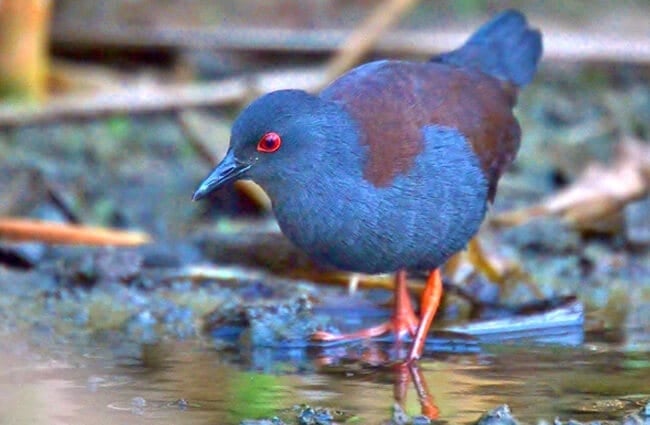
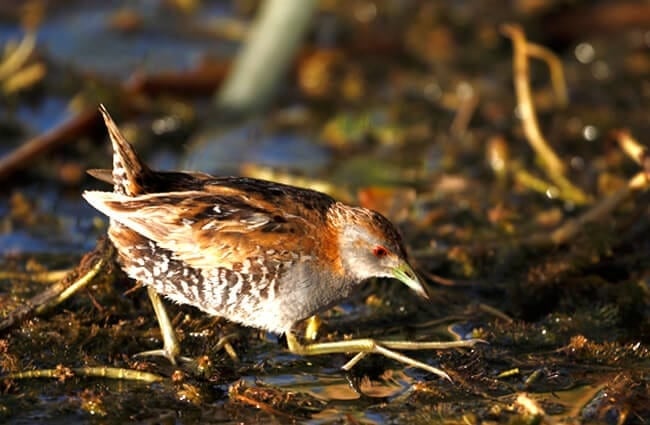

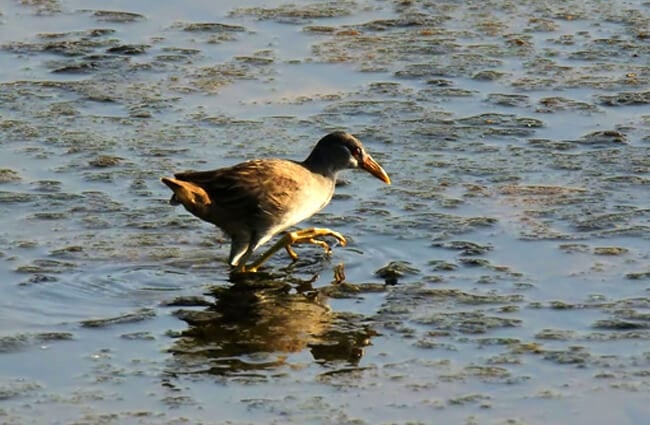

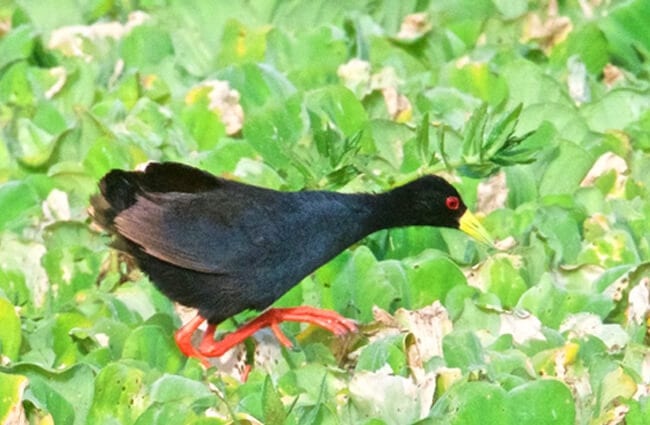

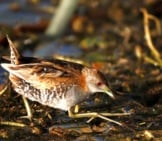
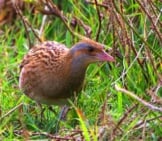
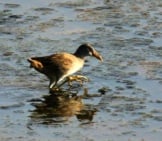

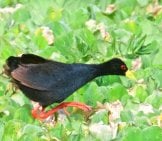
![Red Angus Closeup of a beautiful Red Angus cowPhoto by: U.S. Department of Agriculture [pubic domain]https://creativecommons.org/licenses/by/2.0/](https://animals.net/wp-content/uploads/2020/03/Red-Angus-4-238x178.jpg)












![Red Angus Closeup of a beautiful Red Angus cowPhoto by: U.S. Department of Agriculture [pubic domain]https://creativecommons.org/licenses/by/2.0/](https://animals.net/wp-content/uploads/2020/03/Red-Angus-4-100x75.jpg)

